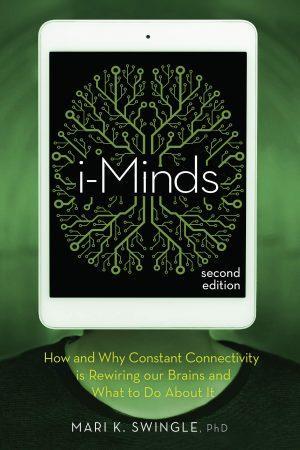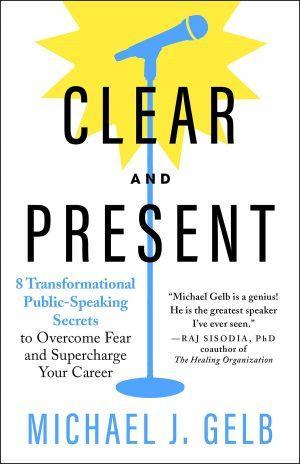The divided soul
0,00 €
| Language of origin | |
|---|---|
| Publication date |
How we become one with ourselves
Two psychiatrists at the largest psychiatric hospital in the city of Vienna, the Otto Wagner Hospital, have developed a method for measuring our own soul, that can be applied by everyone. It is based on knowledge, which has been proven by studies, that every person is united by four personalities. In order for a person to be able to use their full potential and lead a good life, all four personalities should be roughly equally developed, but this is not the case with most of us.
Shird Schindler, head psychiatrist at Otto-Wagner-Spital, and the neurosurgeon and psychiatrist Iris Zachenhofer, who also works there, present a method in their book “The Divided Soul – How We Become One” that can be used by everyone to discover these four souls in themselves and to bring them into balance with one another, in order to be able to lead a better and healthier life on all levels.
Four souls
The two doctors build on the findings of the German psychologist and psychoanalyst Fritz Riemann (1902 to 1979), who was the first one to scientifically describe the division of the human soul into four personalities in his standard work “Basic Forms of Anxiety”. However, they choose an easily understandable approach to the topic, for example by giving common first names to the four personality types:
The “Christopher” type is stable, conscientious, resilient, determined, responsible, correct and objective, but can also be pedantic, rigid, stingy and inflexible.
The “Sophie” type is independent, realistic, autonomous, factual and cannot be fooled, but can also be reserved, distant, unemotional and rough.
The “Valeria” type is enterprising, willing to take risks, thrilling and enjoyable, but can also be moody, inconsistent, unsteady and reckless.
The “Bono” type is modest, peaceful, empathetic and romantic, but can also be pessimistic, passive, hopeless and conflict-averse.
Think like a soccer coach
According to Schindler and Zachenhofer, which of these types dominates whom and how strong the others are, depends on genetic characteristics and childhood experiences, but also on which of them each person trains particularly hard due to the challenges they face.
“It is good that we have these four personalities within us, because they enable us to react to the diverse challenges of life,” say Schindler and Zachenhofer – and give their readers instructions on how to strengthen those personality components, that turned out to be underdeveloped in their self-tests: “We have to think like a football coach and use underdeveloped personalities carefully in appropriate situations.” Zachenhofer also shows how this works by using her own example.






